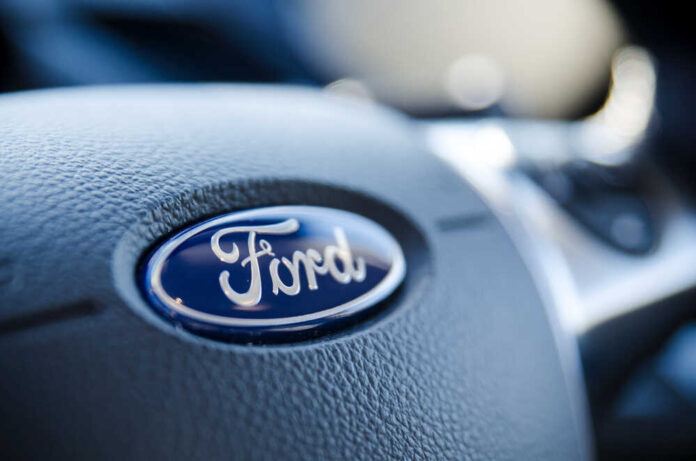
A report reveals that Ford Motor Company is recalling over 310,000 vehicles in the United States because the front airbag for the driver may not deploy properly in the event of a collision.
Some 2016 Ford Super Duty F-250,350,450 and 550 are being recalled.
According to the manufacturer, an electrical connection within the steering wheel might be severed if dust accumulates in a cable. Ford claims it is unaware of any incidents involving vehicle collisions or injuries due to the issue.
Ford owners will be contacted on July 5 and may schedule a free replacement of their steering wheel’s wire component at their local dealership.
The steering wheel may make popping or clicking sounds, or the owner may find that the horn and/or the controls are inoperable. A light on the airbag might also illuminate to alert the driver to the issue.
According to the NHTSA, front and side airbags (SABs) are available for most vehicles. All passenger vehicles since the 1998 model year and all SUVs, trucks, and vans from the 1999 model year have had front airbags as standard equipment. These days, many new cars come with SABs either as standard or additional equipment.
In the event of a moderate to severe collision, the airbag the system’s electronic control module will send a signal to the airbag module’s inflator to deploy the airbag. In just under 1/20th of a second, the inflator’s igniter ignites a chemical process that releases a harmless gas that rapidly fills the airbag. If a passenger or driver is too near the airbag as it starts to deploy or makes direct contact with it, severe or even deadly injuries may result.
Since there is less room between a driver or passengers and the impacting item, whether another car, a pole, or a tree, side-impact airbags fill even more rapidly.
To avoid being too near a deploying front airbag, drivers and passengers should move their seats back from the wheel or dashboard and always wear seat belts. Children under 13 should ride in the backseat in a properly installed rear-facing car seat and never in front of a deployed airbag.













